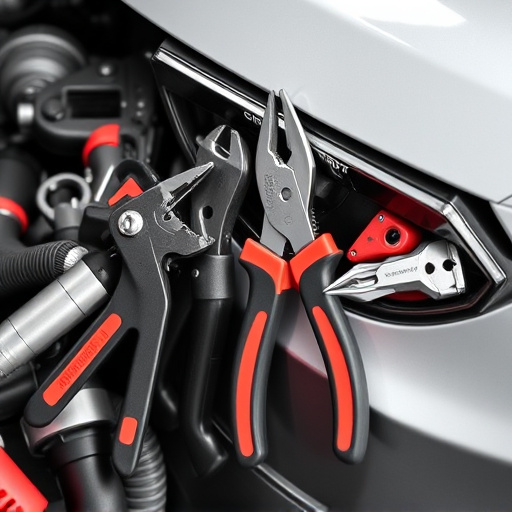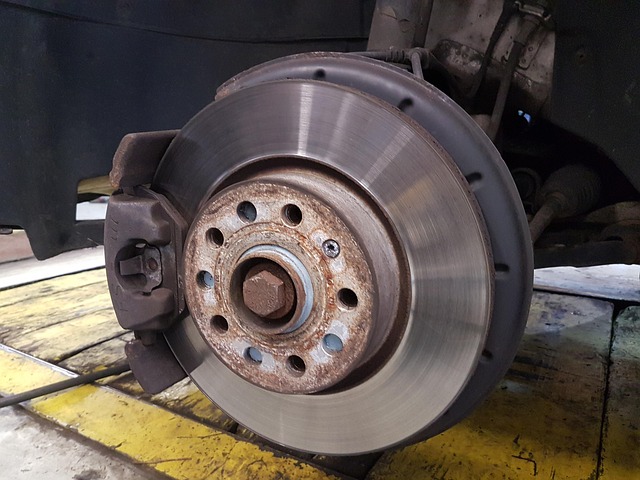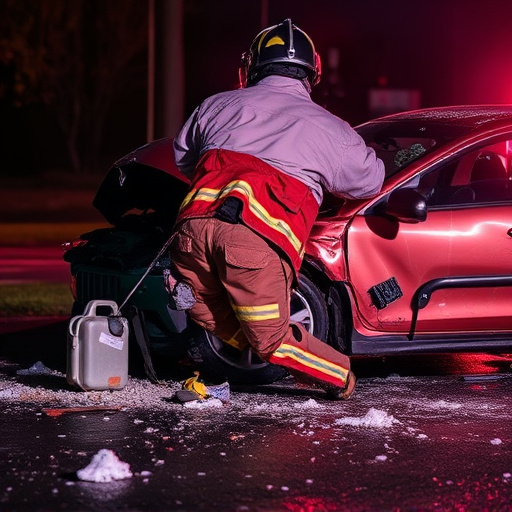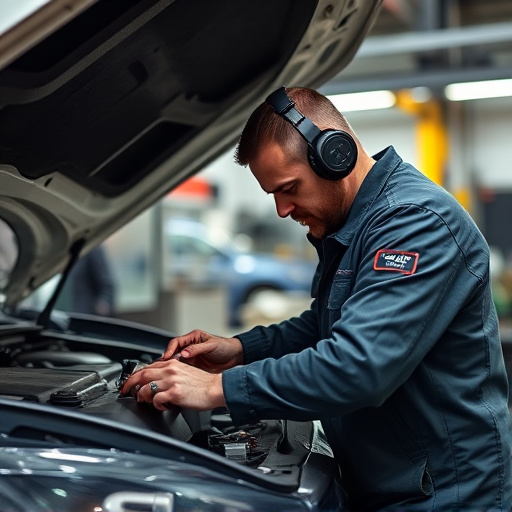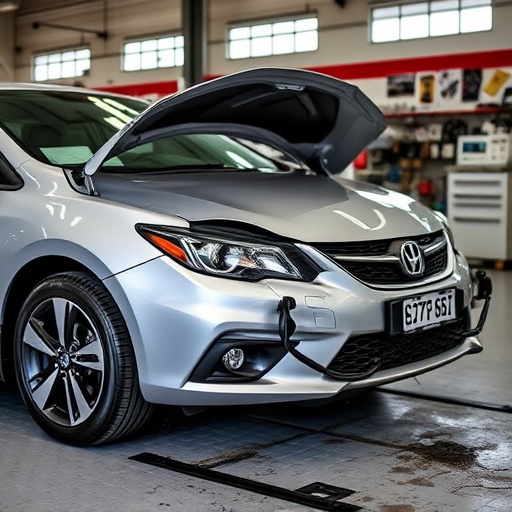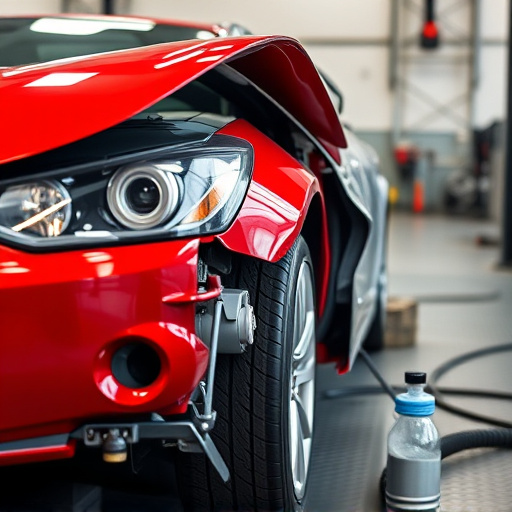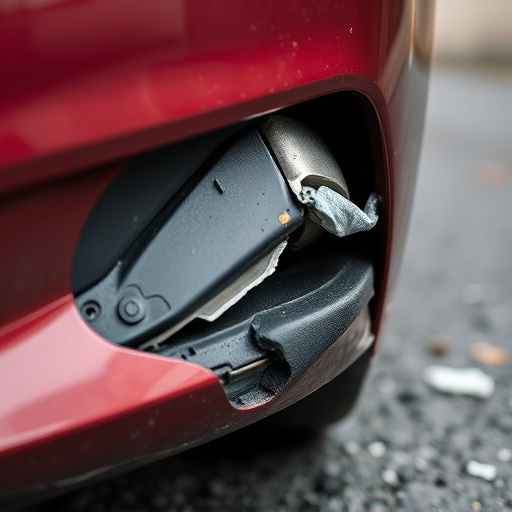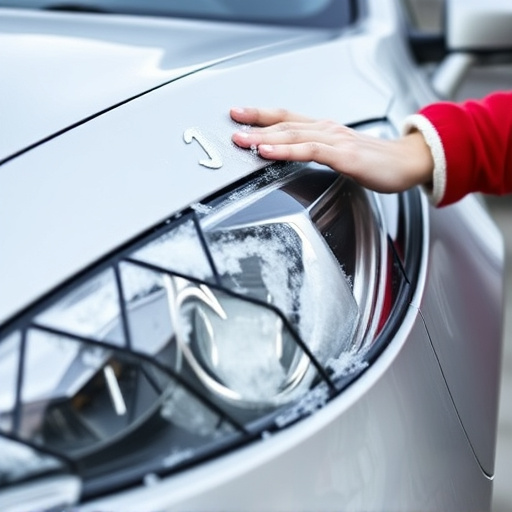Dent repair techniques rely on understanding paint composition to achieve accurate color matching during car body restoration. Skilled technicians use precise tools for removing dents and expertly blend new paint with existing bodywork, preserving vehicles' aesthetic value and structural integrity in collision repair. Mastering blend and touch-up is vital for achieving flawless results, enhancing cosmetic appeal and ensuring seamless repairs that match exact hues.
In the realm of traditional dent repair, precise paint matching is an art that demands meticulous attention. This intricate process involves understanding the science behind paint composition to achieve flawless results. With the right tools and techniques, professionals navigate the landscape of color nuances, ensuring a subtle blend that’s nearly invisible. This article explores the secrets behind successful paint matching in dent repair, from deciphering paint composition to mastering the art of blend and touch-up.
- Understanding Paint Composition for Accurate Matching
- Traditional Tools and Techniques for Dent Repair
- Mastering the Art of Blend and Touch-up for Flawless Results
Understanding Paint Composition for Accurate Matching

In dent repair techniques, understanding paint composition is key to achieving accurate matching during car body restoration. Paint is a complex blend of pigments, binders, and additives, each contributing to its color, texture, and durability. To match existing paint perfectly, technicians must consider these components. The pigment, responsible for the color, can vary even within the same brand, necessitating precise measurement and analysis.
Binders, typically polymers, hold the pigment particles together, influencing the paint’s adherence, flow, and dry time. Additives, like ultraviolet (UV) stabilizers or anti-corrosive agents, enhance the paint’s longevity against elements. By studying these compositions, dent repair professionals can select the closest matching paint, ensuring seamless integration during vehicle collision repair, ultimately preserving the vehicle’s aesthetic value.
Traditional Tools and Techniques for Dent Repair

In traditional dent repair techniques, a multitude of tools and methods have stood the test of time. Skilled technicians rely on hand tools such as hammers, picks, and putty knives to carefully remove dents from vehicle bodies. This meticulous process involves heating the impacted area with heat guns or torches to soften the metal, then using the tools to gently push out the dented panel.
The art of matching paint is a crucial step in automotive restoration. Technicians employ techniques like block sanding and wet sanding to prepare the surface before applying new paint. By blending the edges of repairs seamlessly with the surrounding panels, they ensure a professional finish that is difficult to distinguish from the original automotive body work in a collision repair shop.
Mastering the Art of Blend and Touch-up for Flawless Results

Mastering the art of blend and touch-up is a critical step in achieving flawless results during dent repair techniques, both for vehicle body shops and auto glass repairs. It involves skillfully mending minor imperfections and ensuring seamless integration with the existing paintwork. Skilled technicians employ precise tools and an array of colors to match the exact hue and shade, creating an invisible repair that preserves the vehicle’s original appearance.
This meticulous process begins with careful preparation of the damaged area, followed by a strategic application of touch-up paint. The blend is then expertly honed, blending the repaired section seamlessly into the surrounding surface. This level of craftsmanship not only enhances the cosmetic appeal but also ensures the structural integrity of the vehicle body repair, making it an essential skill for any professional in the industry.
In conclusion, mastering paint matching in traditional dent repair techniques involves understanding paint composition, utilizing the right tools and techniques, and perfecting blend and touch-up skills. By adhering to these practices, professionals can achieve flawless, invisible repairs that restore vehicles to their pre-damage condition. These time-tested methods remain relevant in today’s automotive industry due to their effectiveness and ability to provide lasting results.
